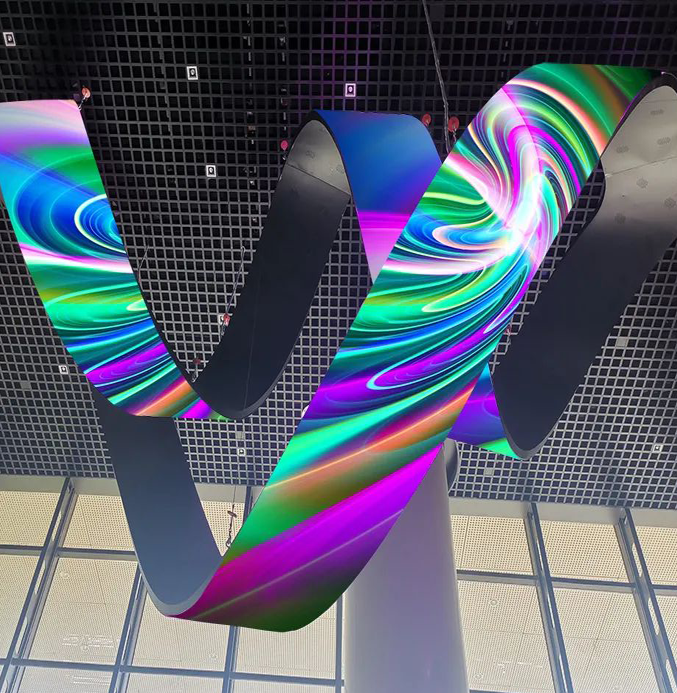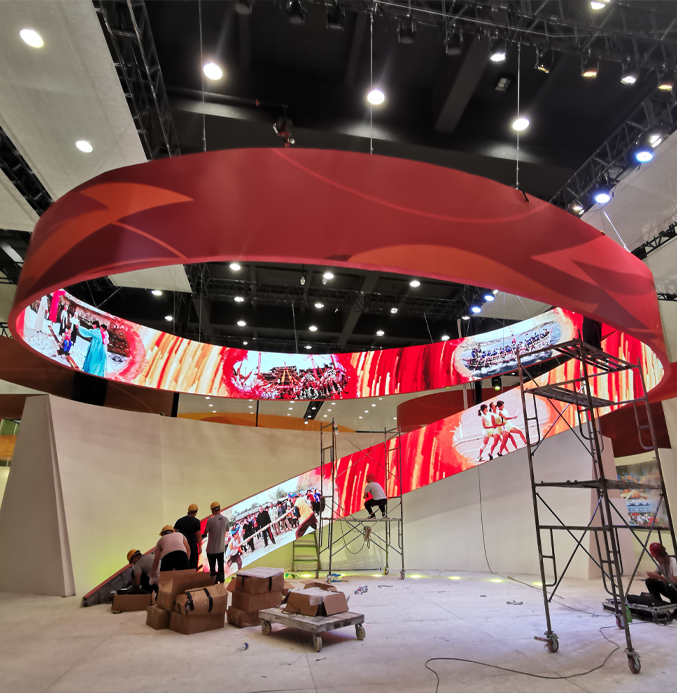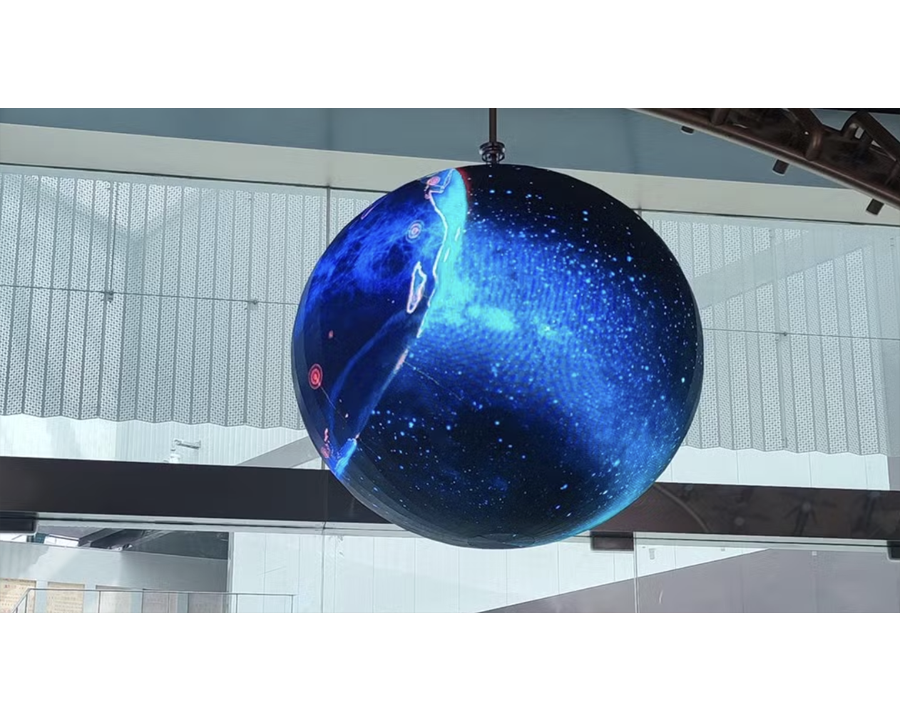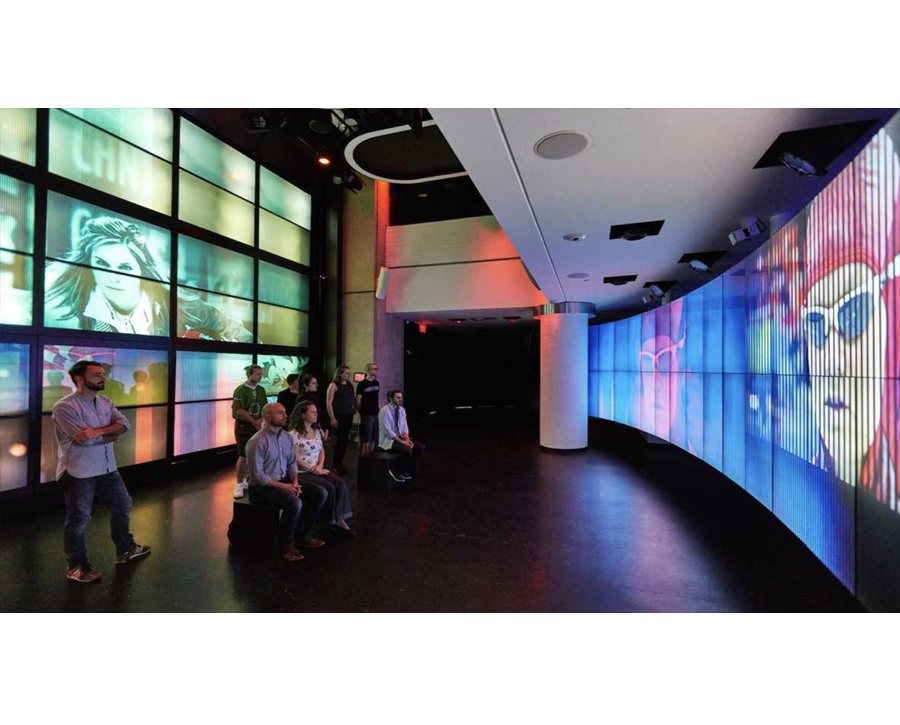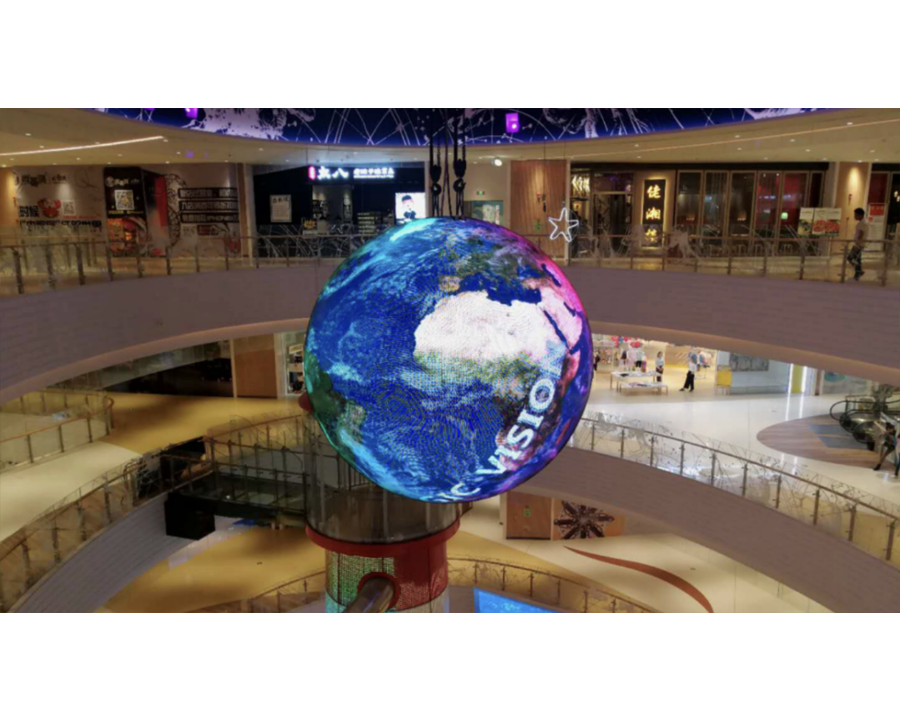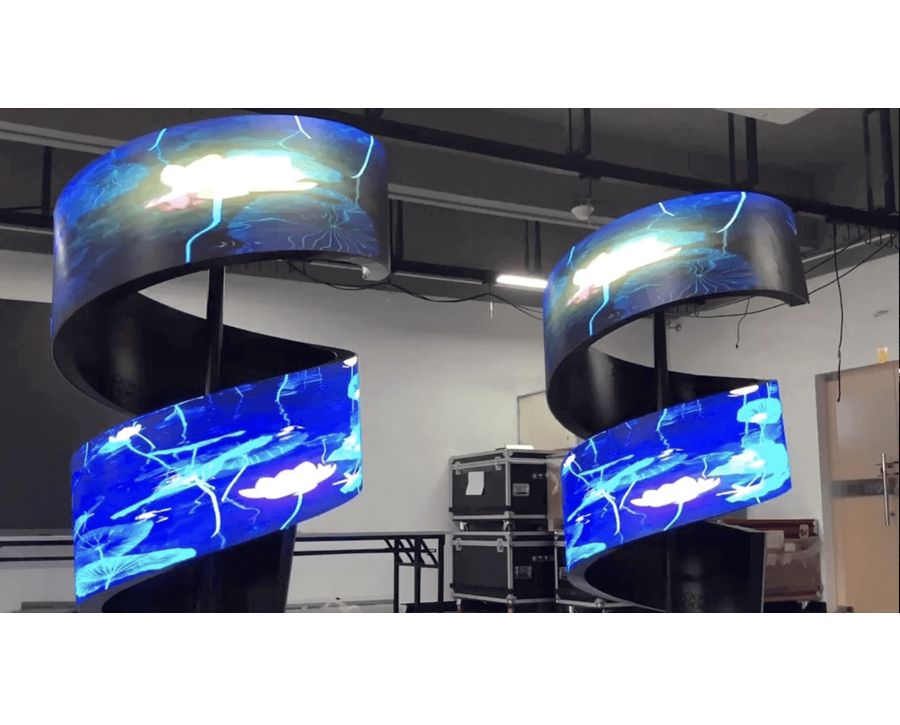
As far as the potential future of display technology is concerned, flexible led display panels are on everyone’s radar. Now, let us get deeper into exploring their possibilities, future prospects, and major trends that define their growth.
Technological Advancements Shaping the Future of Flexible LED Displays
Flexible led screen technology is here to stay and is being shaped by remarkable technological advancements in material tech, image quality and energy consumption. Industry experts are coming up with different flexible substrates that are equally capable of withstanding the pressures of folding or bending.
For example, metal cathodes used in OLED displays are now adding a flexible, lighter and slimmer approach than ever before to the use of organic materials. This flexibility, combined with the enhancement in resolution, drives flexible displays that are visually impressive.
Further, flexibility and high brightness micro-LED technology are expected to bring more innovation to the display industry. Micro-LEDs are tiny LED clusters that can be arranged tightly into display frameworks that are bright, clear, and thin. This means that flexible led display screen devices can be even more useful in all kinds of technologies, devices, wearables and even in installations and other large-format phablets.
Energy efficiency is another exceptionally vital aspect that is appropriate for concentration. Since led flex screen technology is already flexible, manufacturers are now focused on making LEDs consume less power yet display high quality. They include energy-saving algorithms and low-power materials that enable flexible led screen display devices to consume less power in order to serve more time.
Applications of Flexible LED Displays in the Future
led flexible display devices are much more than just the latest ‘fad’ – it is a revolution that is set to sweep across several sectors in the next few years. Apart from the commercial uses in particular, flexible led panel displays are expected to take the central stage in new horizons such as health, automobiles, and smart cities.
In a healthcare setting, flex led display panels can be incorporated into products that include wearable healthcare products charging real-time vital signs and other characteristics. They can also be employed in hospitals to provide more dynamic forms of signage that advertise current information or alerts to clients and providers.
Another field that could quickly emerge as one of the largest uses of led panel flex displays is the automotive industry. Another use of flexible screens could be to make more futuristic interior designs of vehicles, such as dram supplemented by the curved designs of the dashboard and other control zones.
The Role of Flexible LED Displays in Augmented Reality and Interactive Experiences
AR glasses curve naturally, providing ergonomic support to the glasses to produce images without lens distortion. These displays could also add value to VR headsets as much as they can add context-aware interaction to the reality created.
This adaptability not only increases the user interaction level but also allows for new innovations in the gaming and teaching industry, as well as remote collaboration, enhancing the impact of AR/ VR with flexible transparent led screen panels.
In AR, changeable bright light emitting diode panels can be instantly modified to become a touch screen on any surface. Picture yourself strolling along the street, and storefronts and billboards around you become screens that can display details about a product in question or suggest a product you may need based on your current location and previous purchases.
These bendable led screen displays are versatile in that they can be easily installed in a number of settings ranging from urban and commercial to retail, affording the users a more interactive experience. Also, due to their light and flexible structures, they can be seamlessly integrated into apparel or other wearable devices, opening up new opportunities for generating portable AR surfaces.
Foldable led screens can, therefore, have a very important application in augmented reality interfaces where virtual objects merge with the real ones. For instance, flexible screens can be applied on sports events, concerts, or the field for displaying statistical information or highlights.
Sustainability and Eco-Friendly Innovations in Flexible LED Displays
Current innovations in flexible OLED (Organic Light Emitting Diode) displays are achieving sustainability by using organic carbon-based materials that are less hazardous and have higher biodegradability rates than non-organic materials. For example, the development of carbon-based emissive layers limits the application of such materials as cadmium or lead used in conventional LEDs.
Besides, in the OLED structure manufacturing processes, the proportion of toxic solvents and chemicals in use are relatively lower in many ways, reducing the amount of harm done to the environment. These also draw less power because instead of illuminating a big area, it’s possible to turn on individual pixels, unlike conventional displays.
Challenges and Opportunities in the Future of Flexible LED Displays
As for the future of ultra thin flexible led screen displays, there are a number of concerns that still need to be further discussed in order to seize this promising market.
High Cost of Production
Another massive perspective that current flexible LED displays face is that of high production costs. The creation of flexible displays is a complex process that is based on precision technology and materials that are not cheap.
Also, the manufacturing process of deploying flexible displays is slightly more complicated than rigid displays, hence the high cost. To allow industries to harness fully the flexibility offered by programmable flexible led display technology, these costs have to be rationalised by innovations in manufacturing processes and economies of scale.
Scalability
Currently, flexible led module displays are used in certain specific niches – wearables or tiny stores and shops However, the prospects for their application in gigantic applications like digital billboards or Jumbo tron-like devices are more difficult to achieve.
Large-size displays require high-performing and led wall flexible high-resolution technologies that are low-cost to implement and install. This problem should become easier to solve as flexible display manufacturing moves forward and matures. However, it remains a tricky issue today.
With the ever increasing need for smarter and more adaptive solutions, soft led display solutions are ready for the market of different niches. If current problems are solved and numerous opportunities successfully implemented, the future of flexible LED displays looks bright.
Conclusion
Bendable led screen displays of the future have huge potential as technology continues to improve. We can hope to get more environmentally friendly options. The development of this technology suggests the possibility of enhancing how humans interface with digital devices.
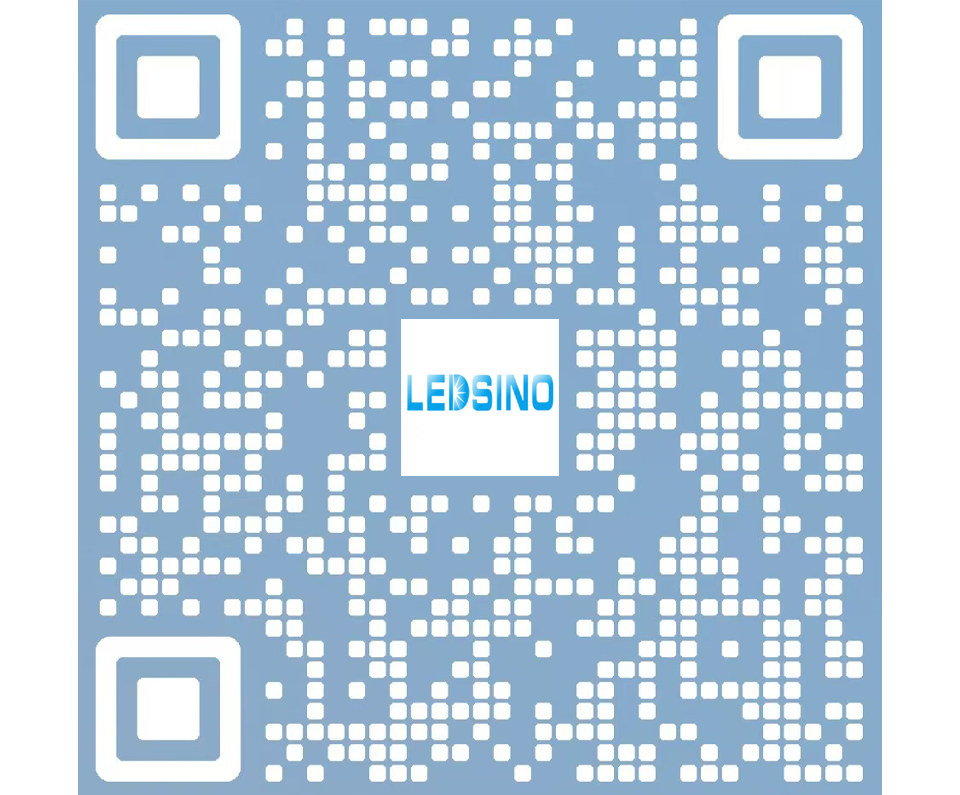
Enter the digital world with our advanced display technologies.

